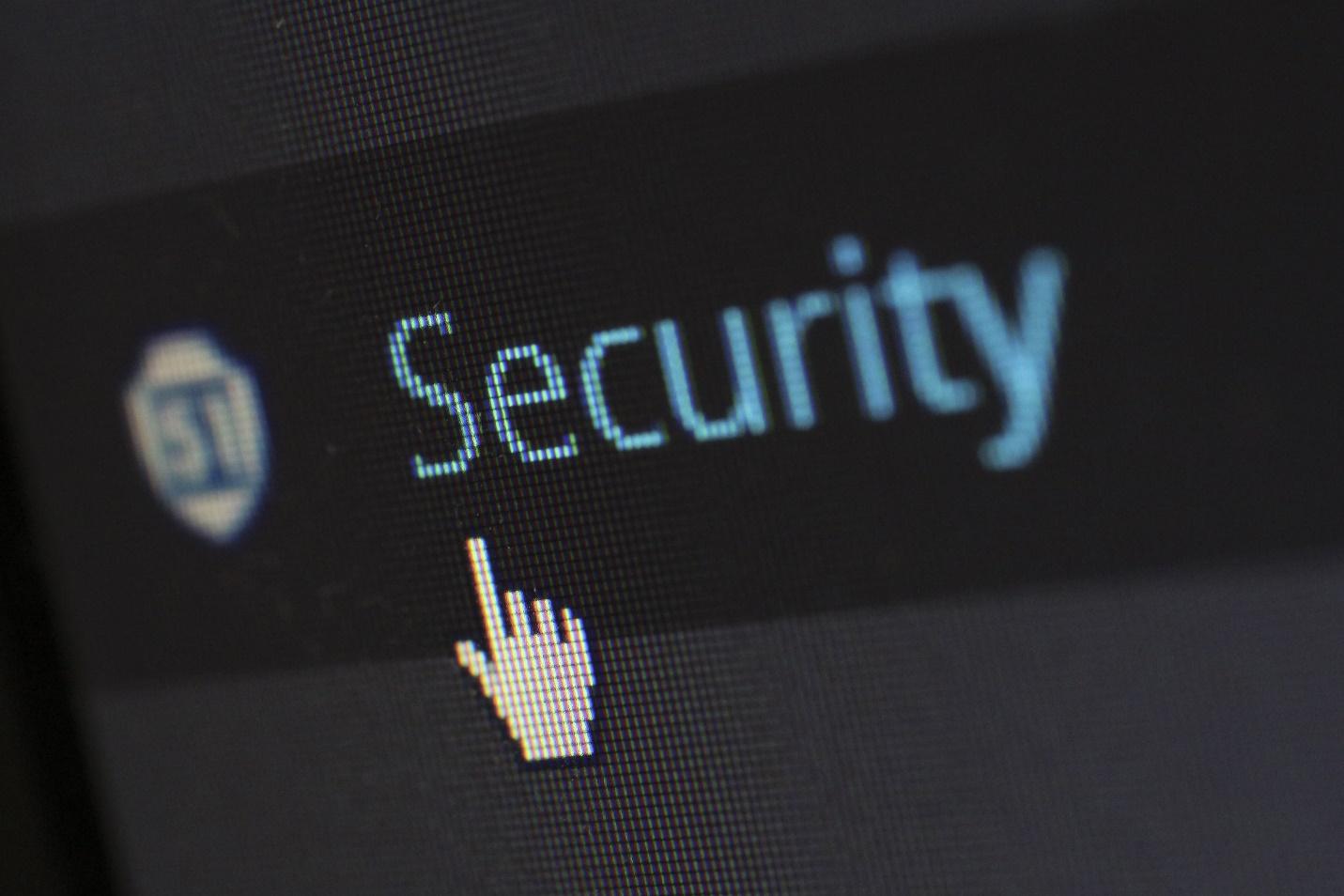Digital crimes are increasing exponentially with the use of electronic devices such as smartphones, tablets, laptops, and computers, etc. In a world where technology and science aim to abolish the need for social support, it is pivotal to consider where we might be or still are necessary. Online banking systems have enabled people to cater to their transactions online. Social media too warrants the exchange of data for the use of its channels and applications. Since we are also adamant about transferring or administering our data, including our social security and bank details online, our security is not only challenged but highly compromised.
While the internet you currently use seems pretty safe and non-demanding, the dark and deep web, on the other hand, provides shelter to scammers and hackers who haunt our devices for security breaches. From selling illegal arms and ammunition and hiring a hitman to human trafficking and child pornography; the internet’s darkest secrets are unknown to many. Your computer might be attached to your device with an assortment of highly private data, and you wouldn’t even know when the hackers commit fraud or frame you for embezzlement through their hacking techniques.

Such digital crimes are known as Cyber Crimes and warrant the services of equally high-tech personnel for counteracting illegal activities. Combating cybercrimes might appear daunting, and indeed the act is, as it involves digging through data to sense hyper-illegal movement for resolution or restoration of security. This field, known as Cyber Forensics, is emerging with every passing day and paving the way for the maintenance and protection of truth, safety, and privacy in times of advancements with utter compromise.
Cyber Forensics is the Answer to Digital Crimes
Cyber Forensics enables ethical and white-hat hackers to recover lost or interpret coded electronic data. Cyber forensic analysts are primarily employed by the government or law enforcement agencies to investigate networks, IP addresses, email addresses, or smart-devices connected to a laptop for identifying security breaches.
The primary goal of Cyber Forensics is to interpret digital information that is either tweaked or used to cause harm to the state as per acts of terrorism. It is also used to investigate or uncover digitally acquired data as per law-abiding regulations through a series of connected devices as an attempt to validate evidence of fraud, embezzlement, tax evasion, extortion, smuggling or burglary.
Cyber Forensics enables defenders of justice to cite evidentiary samples when presented in the court of law, but there are several techniques to it. The ultimate method isn’t just to look for electronic evidence safely but to preserve it with the help of tools so that it can be explained and understood accordingly.
There are tons of computer forensic jobs for graduates of IT, law, or criminal justice. Many IT professionals are now working as private detectives along with independent cyber forensic analysts to investigate individual crimes such as robberies and murder. Cyber Forensic Consultants are also quite helpful for the FBI in recovering tampered documentation that might be useful for the law or interpreting evidence that appears shady or consequential.
Steps Involved in Solving Digital Crimes with Cyber Forensics
Cyber Forensic Analysis comprises of a detailed, three-tiered process that enables investigators to conclude the evidence as per its prominence.
Retrieval of the End-point Device or Primary Networking Connection
The first step is to get a hold of the end-point system, such as a computer or networking device. This step might be a bit difficult as it involves thorough searching and research to conclude its importance and presence.
Analysis of Data
This computer might act as the primary lead in the preservation and collection of digital artifacts. By highlighting the primary networking device, computer forensic analysts can investigate and conclude all kinds of information such as the email addresses used in transactions or relay of communication throughout the end-point system.
Preservation and Collection of Data
The investigators will then seek to decrypt the encrypted messages so that they can uncover hidden messages. At times, if there are coded words, computer forensics analysts will have to use their technological practices, skills, and tools to decode the data so that they can record it as primary evidence. Any links or electronic data will be evaluated for further investigative purposes or if the court of law requires additional evidence.
Examples of Digital Crimes Solved with Cyber Forensics
Matt Baker – Imprisonment for Alleged Murder, 2010
In 2006, a case caught public attention, against Matt Baker for allegedly murdering his wife, which according to the news and evidence found, later on, reported to be an apparent suicide. Computer forensic analysts investigated Matt Baker’s background – then Baptist Texas preacher – and sought out the data on his laptop, despite having a suicide note from the crime scene.
After going through his search history, they found out that not only did Matt Baker enter a query related to ‘overdosing on sleeping pills,’ but he also ventured through different pharmaceutical operations to gain access to the drugs. The case was closed in 2010 when the court of law sentenced Matt Baker to life imprisonment for 65 years for murdering his wife
Krenar Lusha – Investigation of Alleged Terrorism, 2009
Krenar Lusha, an alleged terrorist of British nationality, was held accountable for his acts on terrorism after a ton of ammunition was found in his apartment in 2009. The police raided his apartment after computer forensic analysts investigated his search history and pattern on the internet and hacked his MSN account only to find out that he has not only been searching for tutorials on making explosive devices, but also introducing himself as a sniper. The computer forensic analysts managed to retrieve, all deleted conversations through their hacking skills and tools
There have been several cases of digital crimes recorded on the clock against those criminals who had a poor record of credit and were involved in insurance fraud and theft as well. Computer Forensics did not only show the progression of digital crimes but also gave us a way to counteract them to make the world ‘a better place to live in.’

